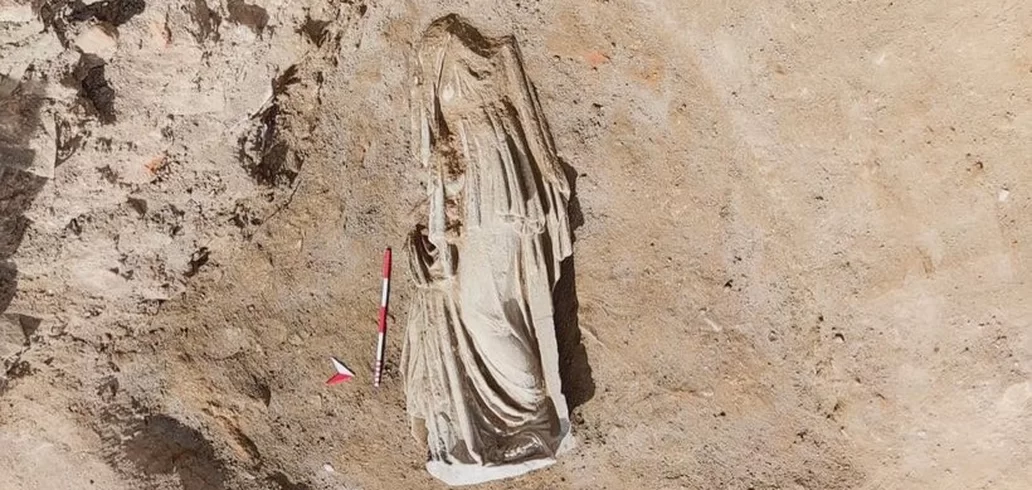Curiosities
What is the sexual life of insects like?
Advertisement
In many insect species, mating involves a complex ritual that may include color displays, mating dances, the release of pheromones to attract mates, and even fights between males for the opportunity to mate with a female. In some cases, such as ants and bees, there are specific castes for reproduction, such as the queen and drones.
After mating, the fertilization process can vary. In some insects, such as butterflies, the male transfers sperm to the female through a structure called a spermatophore. In other cases, such as flies, the male may transfer sperm directly into the female's body during sexual intercourse.
After fertilization, females usually lay eggs, which can be deposited in a variety of places, such as soil, plants, water, or even on other insects, depending on the species. In some species, the females care for the eggs and young, while in others, the eggs are left to develop on their own.
Overall, the sex lives of insects are incredibly diverse and fascinating, reflecting each species' specific evolutionary adaptations to maximize their chances of reproduction and survival.
Deadly sex of lice
Lice are parasites that mainly infest mammals, including humans. In some species of lice, sexual intercourse can be a very risky, even deadly, event.
In the case of human body lice (Pediculus humanus corporis), for example, during mating, males compete vigorously with each other for the opportunity to mate with females. This competition can be so intense that it can lead to the death of some males in the process.
Furthermore, in some situations, the sexual act itself can be fatal for lice. This can happen due to a number of factors, such as physical injuries inflicted during mating or due to exposure to toxins present in the host's skin. In addition, the stress of mating itself can be enough to weaken the lice to the point of death.
These behaviors and characteristics are part of the complexity of lice's sexual lives and reflect the evolutionary and adaptive pressures that have shaped their reproductive strategies over time.
'Dance' of the dragonflies
The “dance” of dragonflies refers to the mating behavior of these amazing insects. When dragonflies are ready to mate, males often perform a spectacular flight display to attract females and defend mating territories.
During this courtship flight, males fly in distinct patterns, making quick, agile movements. They may fly up and down, back and forth, and even loop around in circles. This elaborate flight is a way to attract females and demonstrate their ability as a breeding partner.
When a female is attracted to a male, she joins him in mid-air, and mating occurs in mid-flight. Males have reproductive organs adapted to grasp the female in flight and transfer sperm. After mating, the female lays her eggs in water or on aquatic plants, where the dragonfly larvae develop.
This mating dance not only allows dragonflies to find suitable mates, but also plays an important role in maintaining population balance and genetic diversity in these insects. It is one of the many wonders of nature that we can observe when we are outdoors.
Trending Topics

Working at FedEx: Employment Opportunities, Activities and Salaries Today #{weekday}
Today, FedEx operates in more than 220 countries and territories, making it a giant that connects international trade
Keep Reading



